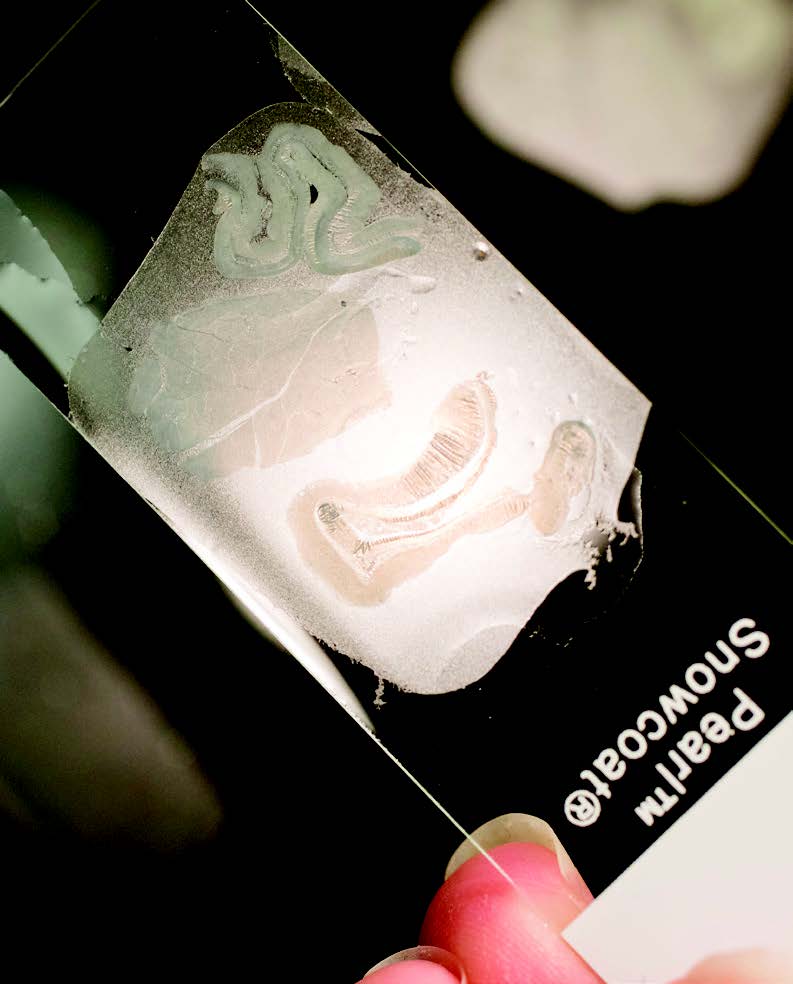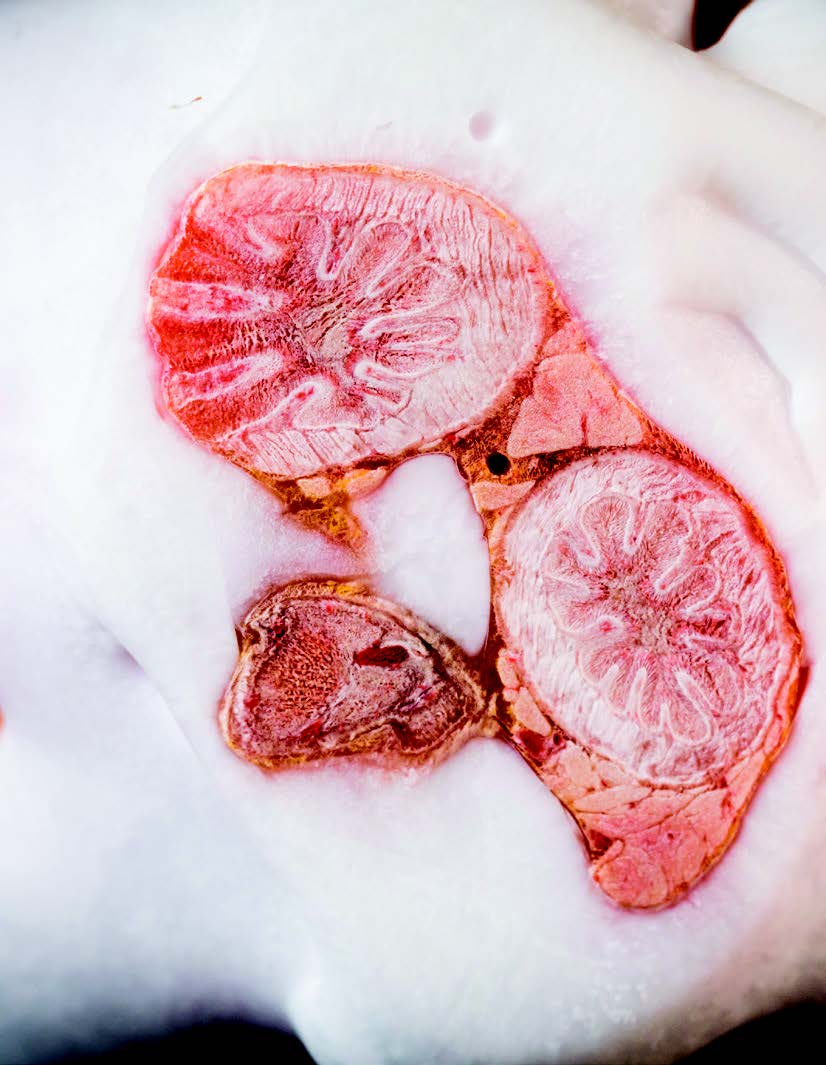

Anatomic pathology is concerned with the diagnosis of disease based on the macroscopic, microscopic, biochemical, immunologic and molecular examination of organs and tissues.
Our pathologists provide the following services:
Gross pathology - the examination of abnormal tissues grossly with the naked eye. This is important especially for large tissue changes because the abnormal change may be related to abnormal anatomic tissue location, intussusception, necrosis or infectious disease which often can be visually identified. It is also at this step that the pathologist selects areas that will be processed for histopathology.
Histopathology – the microscopic examination of stained tissue sections using histological techniques. The standard stains are haematoxylin and eosin, but many others special stains exist which can further assist the diagnosis of fungal, bacterial and other possible infectious agents. The use of haematoxylin and eosin-stained slides to provide specific diagnoses based on morphology is considered to be the core skill of anatomic pathology.
Immunohistochemistry – the use of antibodies to detect the presence, abundance, and localization of specific viral antigen and proteins. This technique is used to distinguishing between disorders with similar morphology, identifying specific infectious diseases, as well as
characterizing the molecular properties of many cancers.
These services include biopsy, immunohistochemistry, and special stains for diagnosing infectious, non-infectious, and neoplastic diseases. On -farm visits are also available. We also have a forensic pathology service.
Biopsy and Necropsy Services
Includes H and E and up to two immunohistochemistries and or two special stains if needed.
(No additional tests)
The Necropsy with diagnostic workup is a generic package that allows the pathologist to choose the pertinent tests based on history, clinical signs, and gross findings. There is a limit of two animals as part of this workup and a limit on testing as described above. Includes at the discretion of the pathologist:
Additional animals may be submitted at an additional charge for gross and histopathology only.
EMERGENCY NECROPSY (after hours or weekends) – Additional charge
For the Anatomic Pathology flyer, click here:
| Click here for CONTACT US information |